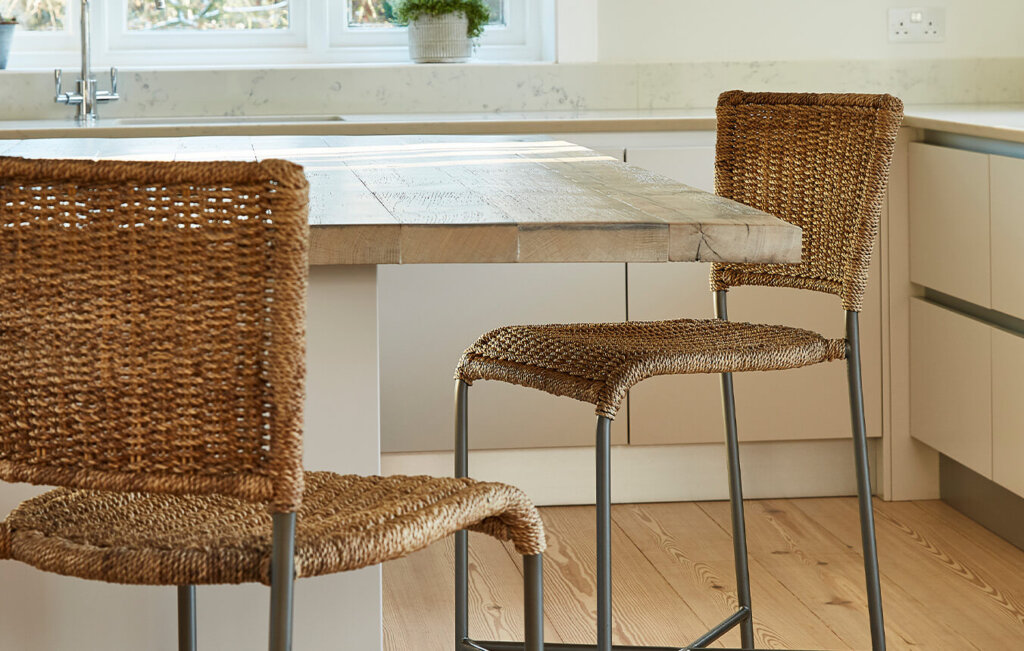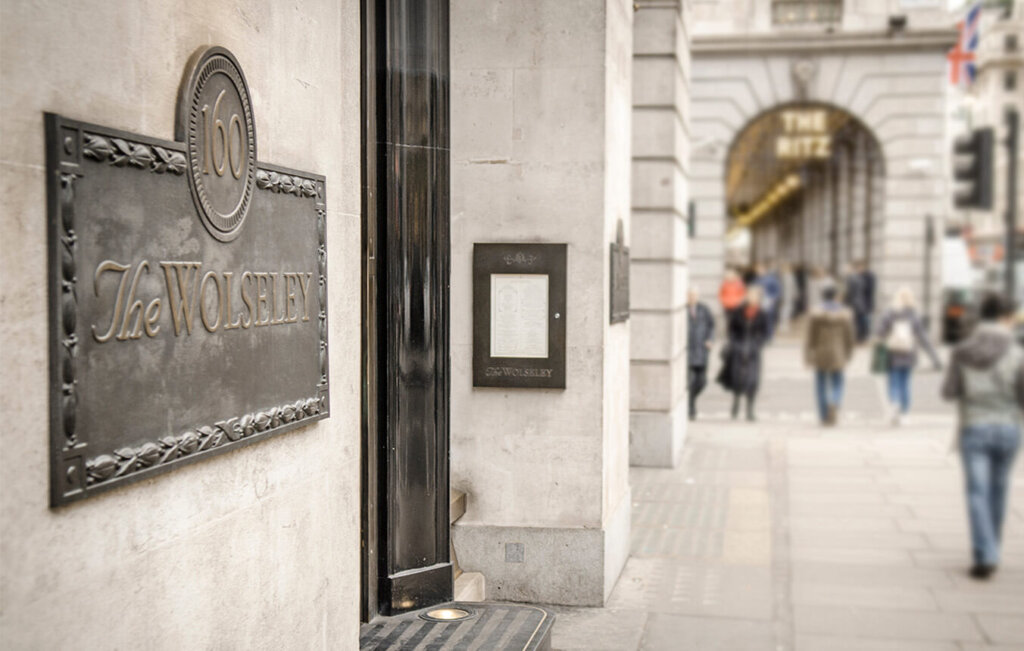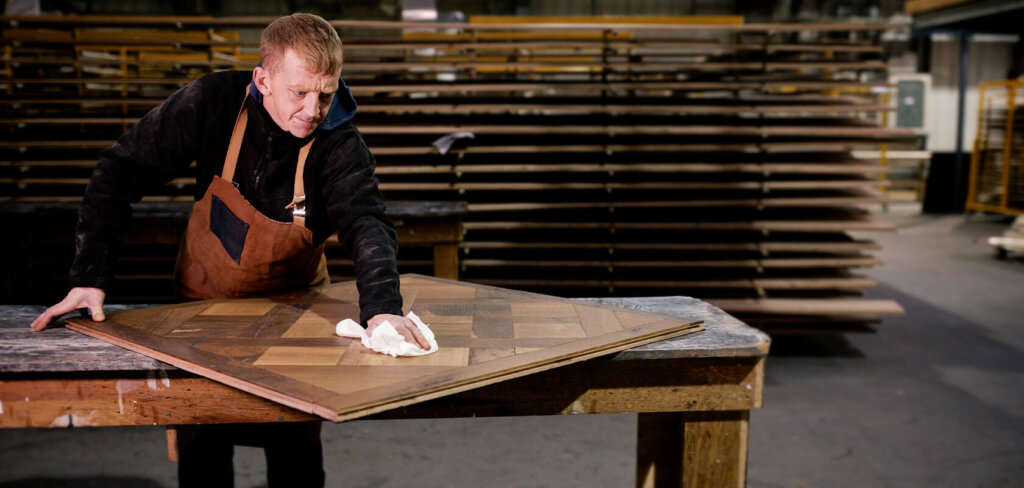
Authenticity in design
During a recent conversation for our latest Journal – The Guest Edit, our founder Robert Walsh (RW) and Edwin Heathcote (EH), the architect and design critic for the Financial Times, talked about the current trend of identikit looks in interior design and considered the need for greater authenticity. Additionally, they questioned how overseas manufacturing and supply has affected the UK and if making a change could allow greater scope for skilled workers to thrive for the benefits of British craftmanship. We hope you enjoy this blog and if you would like to read more from our In Conversation: Edwin Heathcote series, you can click here to view our latest Journal – The Guest Edit.

Identikit vs authenticity
RW: Do you think people are bored of the identikit stuff and anything that’s authentic, even if it’s not that good, is becoming far more attractive than things that are fake? You get a much better emotional response out of something that just feels real, true and honest.
EH: I do think that, but I think that developers and designers have become adept at creating faux authenticity.
I wrote a book about 15 years ago called London Caffs which was written to affectionately capture the greasy spoon as they were fast disappearing. What is interesting is they have a kind of pattern to them. Featuring really basic Formica and stainless-steel fixtures with contemporary fittings from 1940’s to 1960’s. Those would have been the cheapest kind of materials available back then, but they have a patterner and everyone wanted to be them because they have a real feel. I saw one getting ripped apart recently and what they put in is worse. It was a kind of faux Brooklyn look, it has no distinction, it looks like everything else. There are so few spaces with the patterner of time, that the ones that are left have an incredible charm.
Take some of the best restaurant spaces in London over the last 20 years; The Wolseley, Fischer’s or the Delaunay, they all kind of emulate the 1900 and they do it spectacularly well. Imagine then that a few of those places were actually allowed to survive, by now they would have been places of pilgrimage. I can barely think of a restaurant in London that looks as it did a hundred or even 30 years ago. Maybe Simpson of the Strand but that’s it.
RW: It seems as if we’ve already found a solution, but we need to revisit it. With the two different versions, one ages better with time and one looks great when it’s finished, but then it starts to wear.

Real authenticity is based on reclaiming
RW: Talking about authenticity, last weekend I bought multiple pairs of handles for my house and I liked the idea of hunting down all the ironmongery I still need, wouldn’t that be fantastic?
EH: That would. Although some of those handles may need a bit of work, perhaps a locksmith to adapt them and that is quite a high skilled job. However, the demand for those skills would certainly be beneficial for broader society. If we could introduce a few of those skilled jobs, there would not only be a positive sustainability angle but it would also provide a job for a Craftsman or a tradesperson who perhaps didn’t have a job before.

EH: The sustainable approach is not always the more expensive approach either. I suppose part of the problem is the way the West has allowed their manufacturing industry to be exported to China which I think is something we need to look at much more carefully. Of course, we can’t compete with a Chinese door handle that’s coming in at £5 a pair. There’s no way you make that in Europe for that price. But imagine if you recycled a pair of 1920s or 50s door handles, a Craftsman would have to work on those. They would cost more per pair, but they would be a beautiful thing and add a different kind of value and pattern to a building.
RW: This discussion actually goes back to the previous conversation about res-use because if we hadn’t demolished many of our old buildings and factories, we’d still have somewhere to manufacture. But I agree, a change is needed to allow companies to bring manufacturing back to the UK, how or if that will be achieved is yet to be seen.